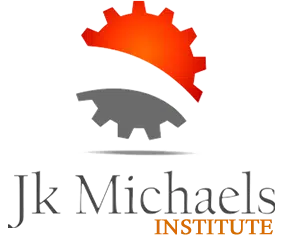Curriculum
- 18 Sections
- 114 Lessons
- 3 Days
Expand all sectionsCollapse all sections
- What is Monitoring and evaluation?7
- Trends towards Result Based M&E8
- 2.0Managing for Development Results (MfDR)
- 2.1MfDR core principles
- 2.2MfDR and Result-based management (RBM)
- 2.3What is RBM?
- 2.4The emergence of RBM and its development
- 2.5Seven phases of RBM
- 2.6Performance measurement, performance indicators, and performance monitoring
- 2.6Logical framework and results framework
- Introduction to Result Based M&E4
- Situation analyses/Needs assessment5
- Designing the M&E system7
- Module 6 – Parties in a Typical Financing Structure7
- Module 7 – Types of Agreements in Project Finance7
- Module 8 – Advantages of Project Finance4
- Module 9 – Disadvantages of Project Finance4
- Module 10 – Concerns of Lenders9
- 10.0Certainty and sufficiency of project cash flowCopy
- 10.1Creditworthiness of public sector and contractorsCopy
- 10.2Soundness and stability of legal and regulatory frameworkCopy
- 10.3Effectiveness/Enforceability of PPP contractCopy
- 10.4Authority in case of failureCopy
- 10.5Availability of alternate contractors and vendorsCopy
- 10.6Vague, uncontrollable, infinite risksCopy
- 10.7Reputation impact of the projectCopy
- 10.8Availability/Effectiveness of insurance coverageCopy
- M&E Frameworks5
- Designing indicators and evidence11
- 12.0What are indicators?
- 12.1Characteristics of good indicators
- 12.2Challenges and considerations when selecting indicators
- 12.3How many indicators are enough?
- 12.4Process versus result/impact indicators
- 12.5Process indicators
- 12.6Result indicators
- 12.7Output indicators
- 12.8Outcome indicators
- 12.9Impact indicators
- 12.10Developing internationally comparable indicators
- M&E Plans6
- Evaluation Techniques7
- 14.0Evaluation questions
- 14.1Steps to developing evaluation questions
- 14.2Illustrative examples
- 14.3Designing evaluations for stakeholder benefit and use
- 14.4Choice and use of qualitative and quantitative collection instruments
- 14.5Participatory data analysis
- 14.6Communicating findings meaningfully for comprehensive stakeholder learning
- Baseline Assessments5
- Data Collection and Analysis8
- 16.0Quantitative data
- 16.1Methods for collecting quantitative data
- 16.2Challenges and limitations of quantitative methods
- 16.3Qualitative data
- 16.4Methods for collecting qualitative data
- 16.5Pre/post intervention focus group discussions
- 16.6Pre/post intervention interviews
- 16.7Illustration and example with selected participatory methods
- Communicating M&E information3
- Use of M&E Results7
